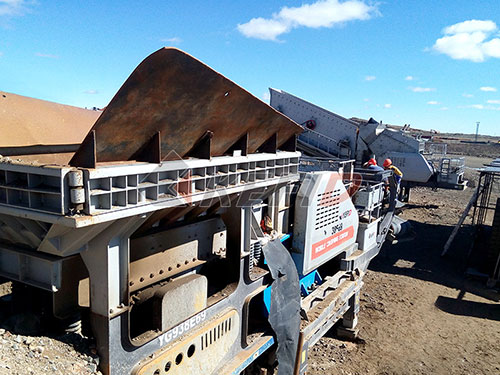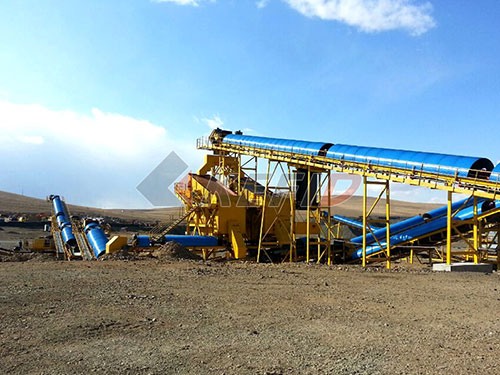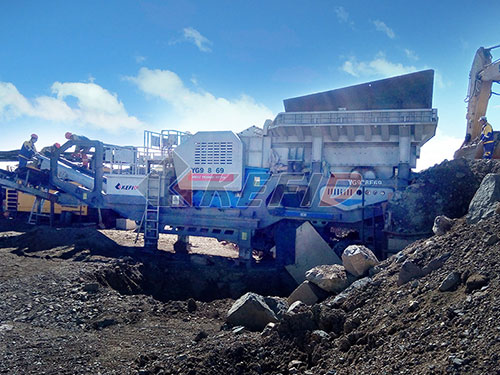Demystifying the Conversion: 1 Cubic Meter of G5 Crusher to Tons
A common question in construction and bulk material handling is: How many tons are in 1 cubic meter (m³) of G5 crusher? While a direct, single-number answer might seem convenient, the reality requires understanding a key concept: density.
The Crucial Factor: Bulk Density
The weight (mass) of any material packed into a given volume depends entirely on its bulk density. This density represents how much material fits into a space, including the voids (air pockets) between the particles.
Higher Density: More tightly packed particles = heavier per cubic meter.
Lower Density: Looser packing with more air gaps = lighter per cubic meter.
G5 Crusher Defined
G5 crusher is a specific grading of crushed stone aggregate, commonly used as a sub-base material for roads, pavements, foundations, and other construction projects. It typically consists of crushed rock particles ranging from dust up to about 37mm (or sometimes specified as passing a 37.5mm sieve). The “G5” designation originates from South African standards (SANS 1083), but similar specifications exist worldwide under different names (like Base Course or Type 2 Sub-base).
The Standard Conversion Range
For G5 crusher, the typical bulk density falls within this range:

Approximately 1.4 to 1.6 tonnes per cubic meter.
Therefore:
`Weight (tonnes) = Volume (m³) x Bulk Density (tonnes/m³)`
Calculating for 1 Cubic Meter:
Using the average density within that range:
`Weight = 1 m³ x ~1.5 tonnes/m³ = ~1.5 tonnes`
Important Considerations – Why It’s Not Exact:
1. Source Material: The type of rock crushed (granite, limestone, quartzite etc.) inherently has different densities.
2. Moisture Content: Wet material weighs significantly more than dry material due to water filling voids and coating particles.
3. Compaction & Handling: How the material is placed and compacted affects its density:

Loose-tipped stockpile: Lower density (~closer to 1.4 t/m³).
Thoroughly compacted in place: Higher density (~closer to or exceeding 1.6 t/m³).
4. Particle Shape

Leave a Reply